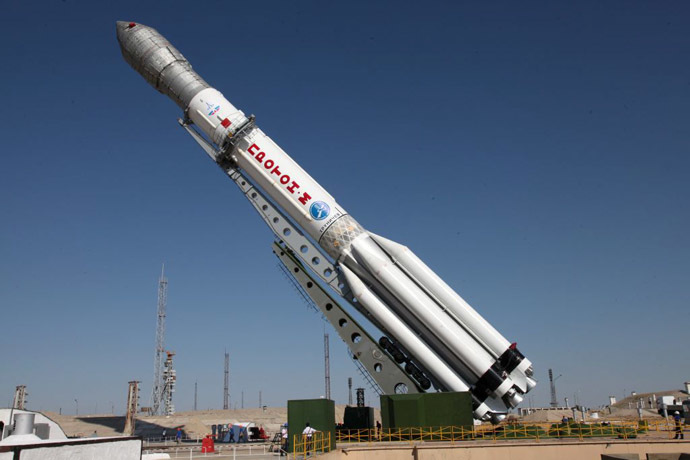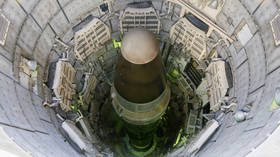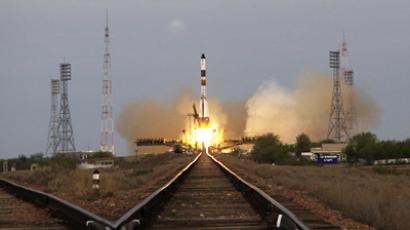Report: 'Upside down' sensors led to $1.3bn Proton-M rocket crash
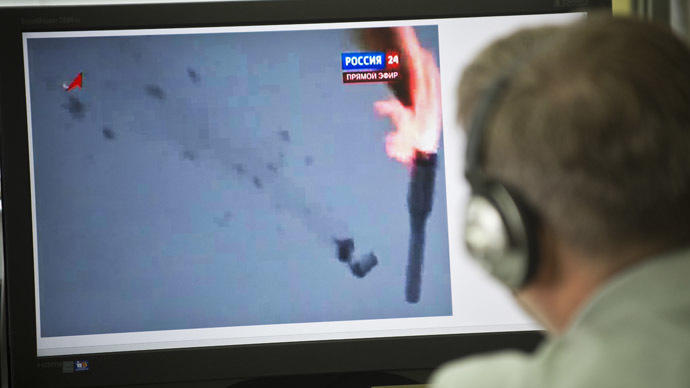
An installation blunder may have caused a Russian Proton-M rocket to crash shortly after takeoff, says Interfax. Upside down sensors sent the rocket plummeting back to Earth, destroying three navigation satellites and $1.3 billion of high-tech equipment.
A source with links to the commission charged with investigating the incident that happened at the Baikonur Cosmodrome on July 2 told Interfax that human error was the underlying cause.
“It has been established that the angular velocity sensors
were installed incorrectly. They were connected the wrong way
round,” the source told Interfax, adding that as a result,
the guidance system received incorrect data from the sensors and
caused the crash.
Roscosmos, the Russian space agency, has not confirmed the cause of the incident and is still carrying out an investigation into the matter.
“The committee is investigating a number of different theories as to the cause of the crash, among them human error, although this may not be the sole cause,” said a source with links to the committee to Ria Novosti. He stressed that the committee is also investigating a problem with the navigation system, a possible engine malfunction and an error in the equipment at launch control.
“It is possible. An under-qualified worker could have mixed something up, but sometimes even the most experienced of specialists make a mistake,” an expert from the Roscosmos told RIA Novosti.
Deputy Minister of Defense Oleg Ostapenko told press on Wednesday the launch of the next rocket mission will depend on the results of the committee’s investigation.
“Once the committee has established what happened and the possible consequences, we will be able to discuss this [the next launch],” said Ostapenko.
Seventeen seconds after its takeoff the Proton-M rocket veered
off course. It tried to correct itself, but turned in the wrong
direction, sending it plummeting towards the ground. The rocket
exploded on impact close to another launch pad used for Proton
commercial launches.
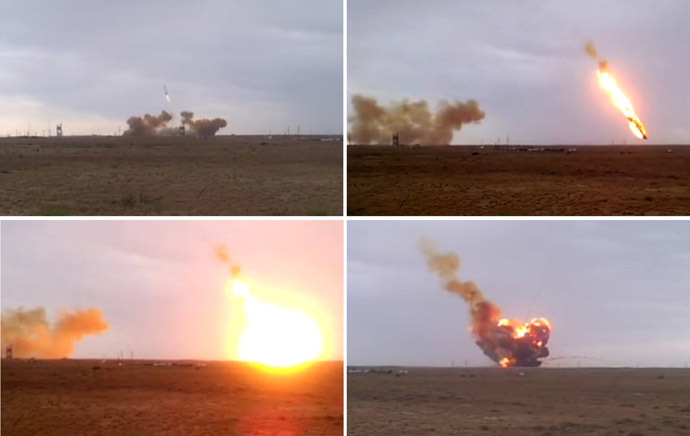
“The rocket plummeted back to the territory of the Baikonur Cosmodrome, about 2.5km from the launch site,” said Roscosmos spokesperson Anna Vedishcheva.
The launch was broadcast live on Russian television and the footage went viral shortly after the blunder occurred. Fears were raised following the crash a toxic fuel leak could cause significant environmental damage in the area around the launch sight. As a precautionary measure, around 100,000 residents from the surrounding area were evacuated.
Local authorities are currently carrying a cleanup operation in the area to detoxify the soil.
